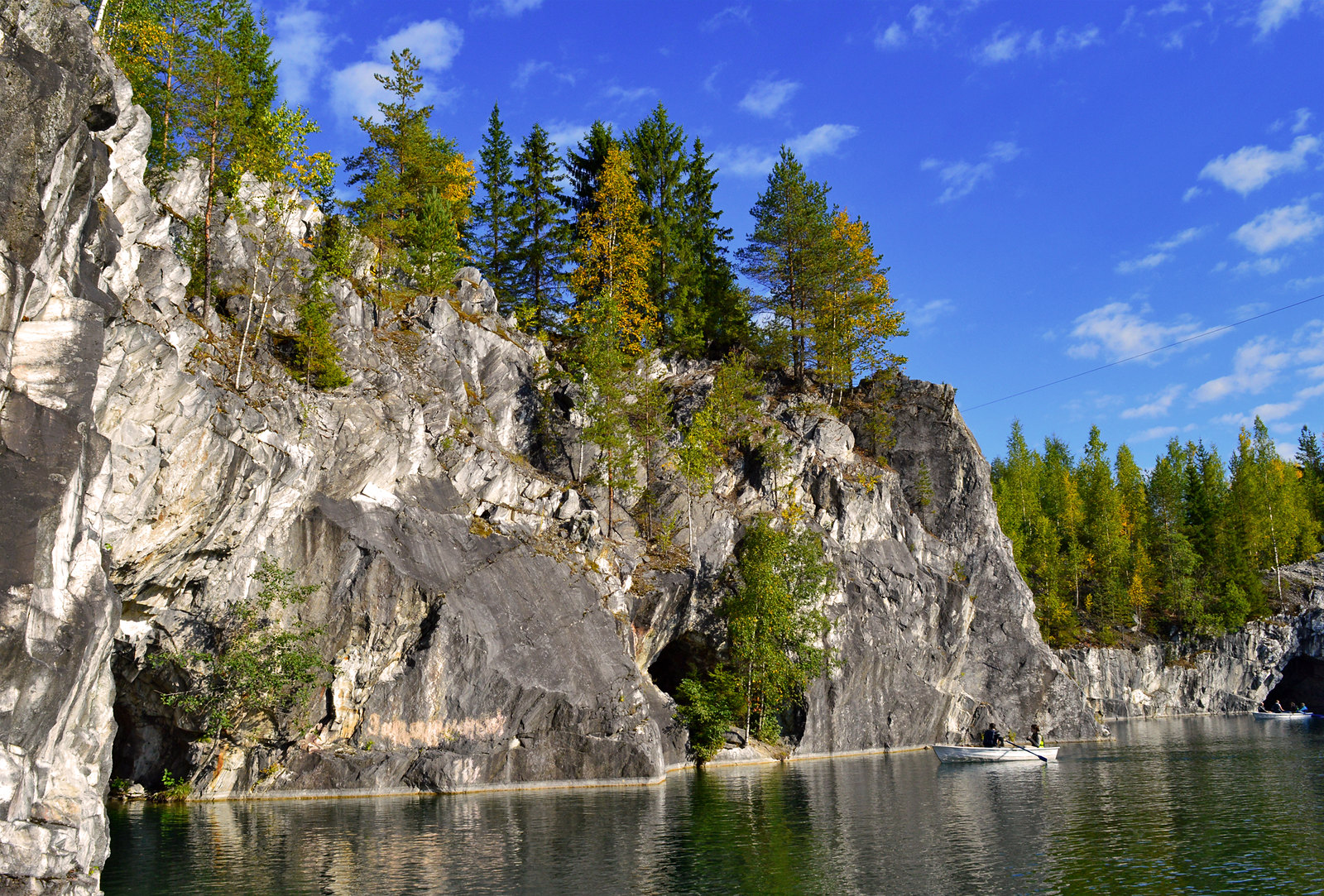Backpacking is an increasingly popular way to explore the outdoors and experience nature. However, being in the wilderness can mean you’re far away from clean water sources.
That’s why it’s important to plan ahead and make sure you have enough water for your backpacking excursion. But how much water do you need per day when backpacking?
The amount of water you need per day when backpacking depends on several factors, including the temperature, the difficulty of the terrain, and your own activity level. Generally speaking, it is recommended that each person carry at least one gallon (3.8 liters) of water while backpacking. For hot weather or strenuous hikes, two gallons (7.6 liters) may be necessary.
In addition to bringing your own water with you on a hike, it’s also important to know where to find more along the way. Streams, rivers, and lakes can provide a great source of clean drinking water if they are tested for safety beforehand using filters or chemical treatment kits. You should also bring along a purification system just in case.
It’s also important to stay hydrated throughout the day by drinking plenty of fluids. For every hour spent hiking in warm weather, it is recommended that hikers consume at least one liter (33 ounces) of fluid—or even more if possible. If you don’t drink enough water during your hike, you risk dehydration which can lead to dizziness and fatigue.
Conclusion:
How much water do you need per day while backpacking? It depends on several factors such as temperature and terrain difficulty as well as your own activity level but generally speaking it is recommended that each person carries at least one gallon (3.8 liters) of water with them on their hike.
In addition to bringing your own supply of clean drinking water with you, be sure to bring a purification system in case you come across streams or rivers along the way that may need filtering/treatment before drinking. Stay hydrated throughout the day by drinking plenty of fluids – at least one liter (33 ounces) an hour in hot weather – so that you don’t become dehydrated during your trek.

